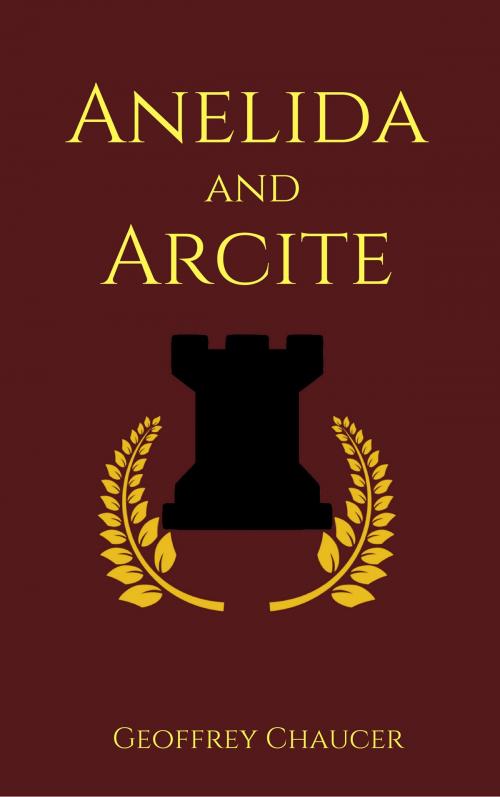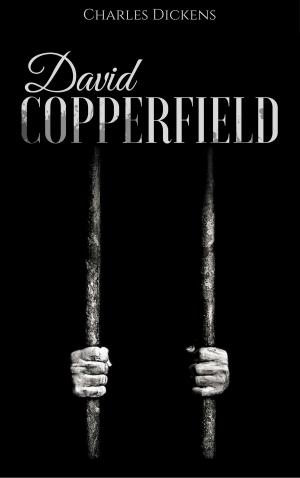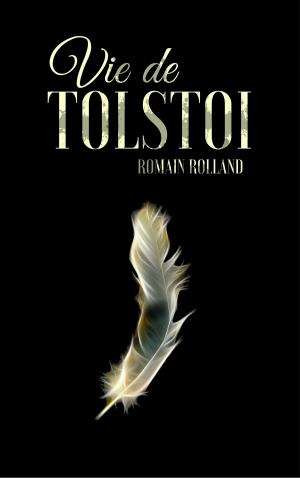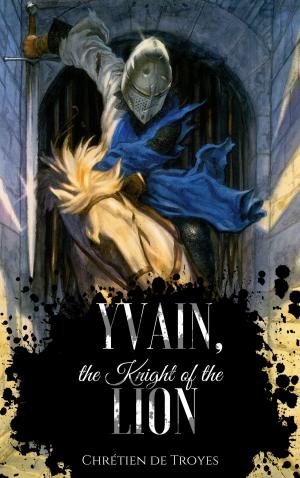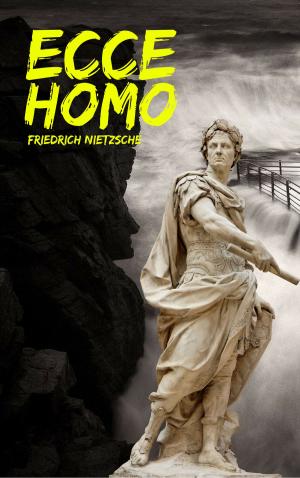| Author: | Geoffrey Chaucer | ISBN: | 1230001941067 |
| Publisher: | EnvikaBook | Publication: | September 28, 2017 |
| Imprint: | Language: | English |
| Author: | Geoffrey Chaucer |
| ISBN: | 1230001941067 |
| Publisher: | EnvikaBook |
| Publication: | September 28, 2017 |
| Imprint: | |
| Language: | English |
Anelida and Arcite is a 357-line English poem by Geoffrey Chaucer. It tells the story of Anelida, queen of Armenia and her wooing by false Arcite from Thebes, Greece.
Although relatively short, it is a poem with a complex structure, with an invocation and then the main story. The story is made up of an introduction and a complaint by Anelida which is in turn made up of a proem, a strophe, antistrophe and a conclusion. After the complaint there are a few lines which continue the story, but these may have been added by a later scribe. Like many of Chaucer's works it ends abruptly, and may be unfinished. The date of the poem's composition is not known but it is often placed in the late 1370s. The poem is never mentioned by Chaucer himself but scholars do not usually doubt his authorship. It is attributed to him in three manuscripts and by the poet John Lydgate.
Anelida and Arcite is a 357-line English poem by Geoffrey Chaucer. It tells the story of Anelida, queen of Armenia and her wooing by false Arcite from Thebes, Greece.
Although relatively short, it is a poem with a complex structure, with an invocation and then the main story. The story is made up of an introduction and a complaint by Anelida which is in turn made up of a proem, a strophe, antistrophe and a conclusion. After the complaint there are a few lines which continue the story, but these may have been added by a later scribe. Like many of Chaucer's works it ends abruptly, and may be unfinished. The date of the poem's composition is not known but it is often placed in the late 1370s. The poem is never mentioned by Chaucer himself but scholars do not usually doubt his authorship. It is attributed to him in three manuscripts and by the poet John Lydgate.
